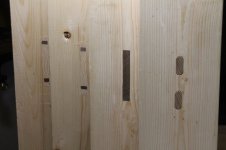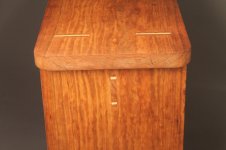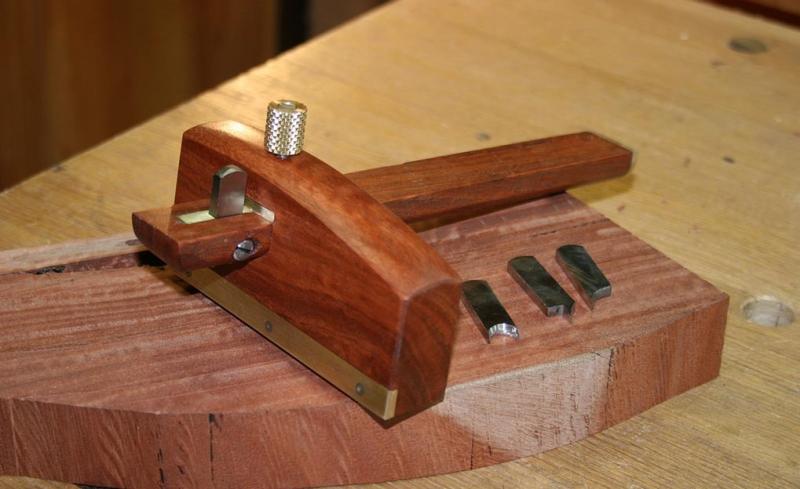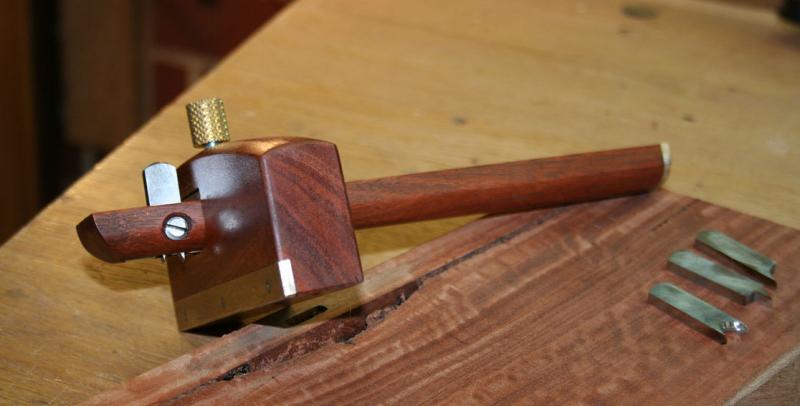Mario Turcot
Member
- Joined
- Nov 26, 2017
- Messages
- 1,288
I am looking to purchase my first marking gauge. I need one to mark tenons for a bed. One thing I am not sure yet is the difference between those two beside the dual cutters.


Do both are doing the same job? Should i get one with measurement like

Is micro adjustment useful or just a toy?
As always your input is appreciated [cool]


Do both are doing the same job? Should i get one with measurement like

Is micro adjustment useful or just a toy?
As always your input is appreciated [cool]













